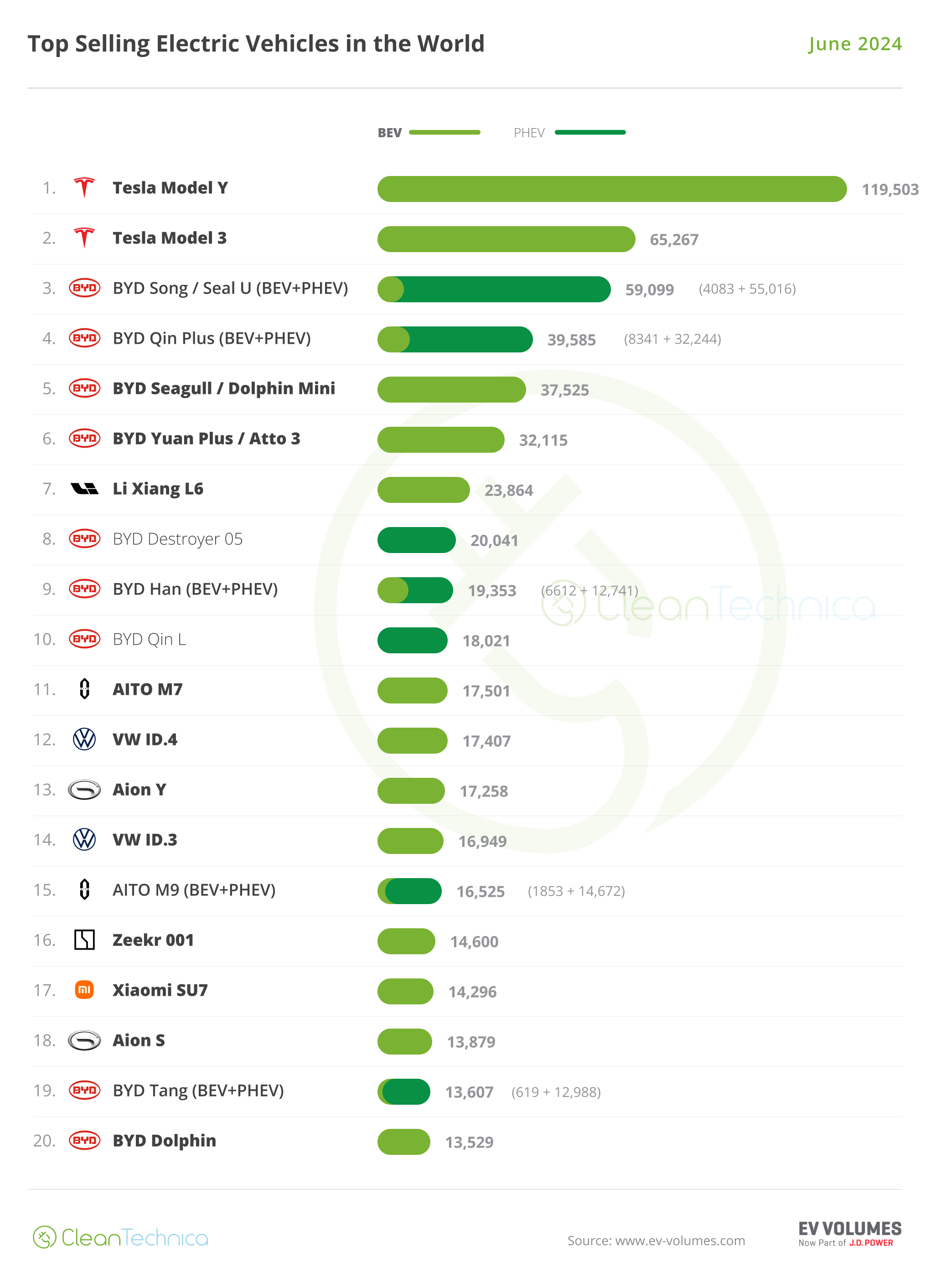Sign up for daily news updates from CleanTechnica on email. Or follow us on Google News!
It’s hard to build an EV without batteries, and it’s not easy to build battery cells, let alone improve on them. To design, test, and produce battery cells requires an “all hands on deck” approach, with industry, government, and research institutions all playing key roles. And, for this to continue happening, all of these players need to be working hard to develop the next generation of skilled people to man all of these positions and do this important work.
The Battery Workforce Challenge program, a collaboration with the U.S. Department of Energy (DOE), Stellantis, and the Argonne National Laboratory, has unveiled the 12 universities and partnering vocational schools that will take part in this new and groundbreaking collegiate competition.
“We envision a future where sustainable mobility thrives through innovation and continues to be powered by the next generation of exceptional engineering talent,” said Micky Bly, senior vice president, head of global propulsion systems – Stellantis. “The participating universities echo our commitment to paving the way for EV excellence and leading decarbonization efforts to reach net-zero emissions by 2038, as outlined in our Dare Forward 2030 strategic plan.”
The competition challenges 12 selected universities and their vocational partners to design, build, test, and integrate an advanced EV battery into an upcoming Stellantis vehicle (set to be unveiled in early 2024). Over the course of the next three years, the competition aims to reach its highest potential in 2026, with the winning teams being rewarded with numerous annual engineering and sponsor-related category accolades, $100,000 in industry-provided prize money, and invaluable opportunities for employment, collaboration, and networking with industry leaders.
All along the way, everyone involved will gain experience, build skills, and develop the attitudes needed for the next generation of battery science and production. The Battery Workforce Challenge program aims to cultivate a strong workforce in the EV-battery sector. Through various educational platforms, Stellantis says it will contribute to achieving the Department of Energy’s goal of net-zero emissions across industries by 2050. On top of that, it will support the company’s aspiration of becoming a carbon net-zero corporation by 2038.
The competition doesn’t exist in a vacuum as much as an ecosystem. The competition is just one aspect of the comprehensive Battery Workforce Challenge program. This program encompasses regional training partnerships with vocational and community colleges, educational initiatives for youth in science, technology, engineering, and math (STEM), as well as an online tool for career and technical education. Its primary objective is to foster a diverse group of skilled engineers, technicians, and workers who will drive advancements in domestic battery technology.
The following schools have been selected for the Battery Workforce Challenge:
- California State University, Los Angeles (Los Angeles, California) and Cerritos College (Norwalk, California)
- Clemson University (Clemson, South Carolina) and Greenville Technical College (Greenville, South Carolina)
- Colorado School of Mines (Golden, Colorado) and Arapahoe Community College (Littleton, Colorado)
- Jackson State University (Jackson, Mississippi) and Hinds Community College (Utica, Mississippi)
- McMaster University and Mohawk College (Ontario, Canada)
- Ohio State University and Columbus State Community College (Columbus, Ohio)
- Rose-Hulman Institute of Technology and Ivy Tech Community College (Terre Haute, Indiana)
- University of Alabama and Shelton State Community College (Tuscaloosa, Alabama)
- University of California, Merced and Merced College (Merced, California)
- University of Michigan-Dearborn and Henry Ford College (Dearborn, Michigan)
- University of Nevada, Las Vegas (Las Vegas, Nevada) and College of Southern Nevada (Clark County, Nevada)
- University of Waterloo (Waterloo, Ontario, Canada) and Lambton College: Lambton Energy Research Centre (Sarnia, Ontario, Canada)
Getting on the list wasn’t easy. Collegiate engineering teams underwent a rigorous selection process to secure a coveted spot in this prestigious competition. The students participating in the event will have the unique opportunity to engage in hands-on, experiential learning and they will collaborate closely with industry experts to tackle one of the most pressing real-world engineering challenges currently faced by the automotive industry.
“Initiatives like the Battery Workforce Challenge stem from a compelling need for heightened American ingenuity and an increased workforce in the EV sector,” said Deputy Assistant Secretary for Sustainable Transportation and Fuels in the Office of Energy Efficiency and Renewable Energy at the U.S. Department of Energy Michael Berube. “This competition will immerse students in hands-on, real-world experiences crucial to building skills needed to support a cleaner, more sustainable energy economy.”
This Approach Has Worked Well In The History of EVs
It’s important to note that the competition approach is no joke, and is in no way just busy work for students. Looking back at the history of EVs, competitions have made a huge impact.
In fact, GM’s Impact project was the predecessor to the EV1. The basic design and engineering expertise was developed when GM entered a new competition for solar vehicles in Australia. Not only did GM win the race, but they had to develop new skills and technologies to do that. These technologies and skilled workers then created a prototype that went on the become the first production electric car of the modern era.
While GM took back all of the cars and crushed them, the damage to the future of ICE had already been done. The founders of Tesla were inspired by the loss of the EV1 and decided to create a company to bring EVs back onto the scene. Pressure from Tesla, in turn, pressured the whole industry to go electric, and pressured regulatory bodies to pressure automakers even more.
Really, we can trace today’s explosion of EV progress back to a seemingly silly solar car competition. By fostering more competition among people who are already striving to learn, we could inspire not only the next generation of the industry’s brightest minds, but also kick-start the development of future EV technology that could take EVs to higher heights.
This is not just a fun competition. It’s serious business for the future of transportation.
Featured image provided by Stellantis.
Have a tip for CleanTechnica? Want to advertise? Want to suggest a guest for our CleanTech Talk podcast? Contact us here.
Our Latest EVObsession Video
I don’t like paywalls. You don’t like paywalls. Who likes paywalls? Here at CleanTechnica, we implemented a limited paywall for a while, but it always felt wrong — and it was always tough to decide what we should put behind there. In theory, your most exclusive and best content goes behind a paywall. But then fewer people read it!! So, we’ve decided to completely nix paywalls here at CleanTechnica. But…
Thank you!
CleanTechnica uses affiliate links. See our policy here.



